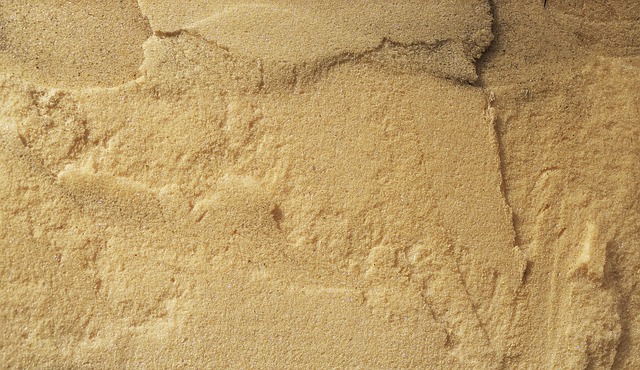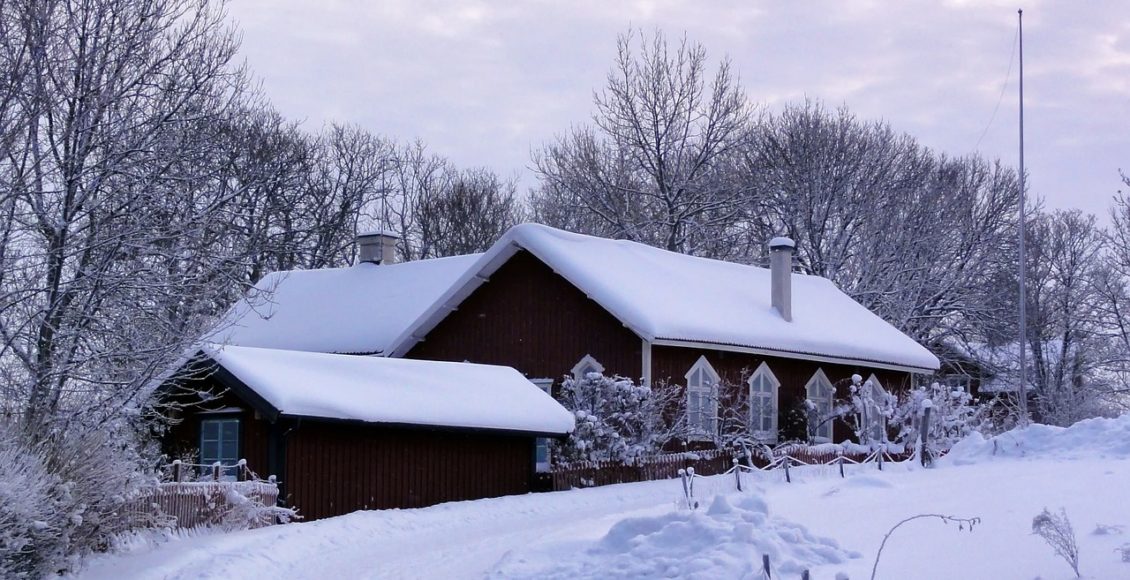Are you planning to insulate your home?
Insulating your home reduces the exchange of heat through the walls, duct, roof, or attic. It will not be easy to have heat escape or creep from your house. With insulation, your house loses less heat during winter and less cool air during summer. This reduces the amount of energy needed to cool or warm your house.
Before rushing to the store to get your preferred insulation or get a contractor to do the job, it is essential to understand the various types of insulation. There are many types of insulations, and each has its application. This article will highlight five types of insulations: spray foam insulation, blanket batts and rolls, foam board, blown-in, and reflective barriers. Check on the list below.
Spray Foam Insulation
Spray foam insulation is best used to seal gaps and leakages on a wall. With this method, a liquid spray, usually polyurethane, gets sprayed through a pump to the wall cavity and then expands and solidifies to insulate the wall. As stated by the team at ASI foam, this is the most accessible form of insulation you can choose for your home since it doesn’t require permits, no need to tear the surface, and it’s cheaper. Also, you will get tax deductibles for a year.
Spray foam insulation comes in two types; the denser closed-cell foam and the open play foam. The closed-cell foam contains the highest resistance (around 6.2) compared to other insulations but is very expensive, while open-cell foam insulation has a resistance level of 3.7 per inch. When using this method to insulate your home, it is essential to call a professional since it’s tricky to DIY.
Blown-In Insulation
As its name suggests, Blown-In insulation uses a special machine that blows in paper-like material into the surface getting insulated. The material can be fiberglass, reclaimed cellulose material, or rock wool, depending on their availability and preference. The type of material you choose must conform to the surface where it’s being applied.
Blown-in insulation resistance value ranges from 2.2 for fiberglass to 3.8 for the cellulose material. You can apply this type of insulation yourself in your home, as long as you have the blowing machine. However, for the best results, it is better to call an insulation expert.
Foam Board
 insu
insu
Also known as rigid panels, this type of insulation is mainly done on floors or sloping roofs. They are the best for reducing heat escape through the wall studs, wood, or other elements making up your home. This type of insulation, usually made from polystyrene, polyisocyanurate, or polyurethane, is best to apply for the interior and the exterior wall sheathing of your home.
Since they come inboards, the rigid panels will help insulate everything starting from basement walls, foundation walls, or unfinished walls and ceilings. Its resistance value is much higher than the blow-in insulation. It ranges from R-4 and R-6.5, depending on the material and application.
Blanket Batts and Rolls
Blanket batts and roll is a form of insulation mostly made up of fiberglass. Other versions of this insulation include wool, cotton, and plastic fibers. Compared to other forms of insulation, this one is the least expensive, and you can do it yourself for your home. Here, the materials are already designed to fit the standard walls and joints, and you only do the installation. However, there are precautions you need to take to avoid skin and lung irritation.
When buying the roll varieties, you can cut the material with a utility knife to ensure it fits perfectly on the surface being applied. Forcing the material or installing it the wrong way makes it ineffective. The standard blankets and batts have a resistance value between 2.9 and 3.8, depending on the thickness of the material. However, the high-performance fiberglass blankets can go up to 4.3 in resistance levels.
Reflective Insulation
Reflective Insulation, also referred to as radiant barrier, works differently from other forms of insulation, as explained above. You cannot measure it with resistance values. While the above types of insulations will protect your home from losing heat or cold, the reflective one reflects heat away from your home. This prevents radiant heat transfer and heat gain into your house, depending on the season.
A reflective or radiant barrier comprises a reflective material, usually aluminum foil, and placed on the substrate material, including polyethylene bubbles or Krafft paper. If living in a warm climatic region, you can place these radiant barriers on your attic to keep off heat from your home. While you can do this by yourself, it is essential contracting a professional for the best installation.
Before choosing the best insulation material for your home, it is essential to consider the product’s resistance level. Some have higher resistance, while others do not provide much insulation. The higher the resistance level, the better the insulation. Lastly, for the best results, ensure an expert does the installation.



Comments are closed.